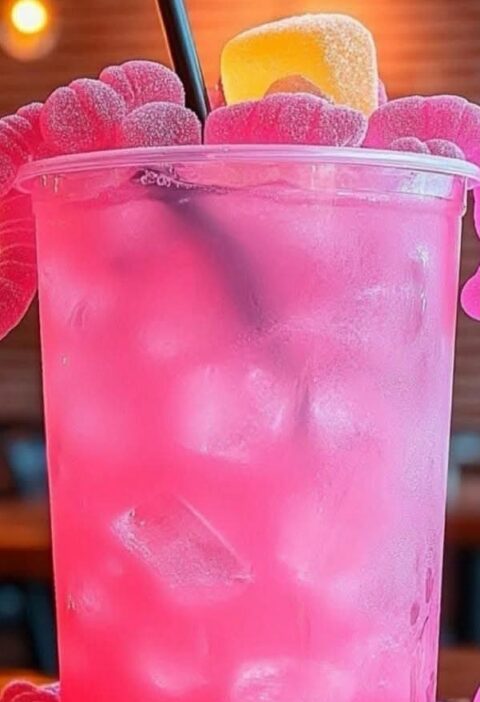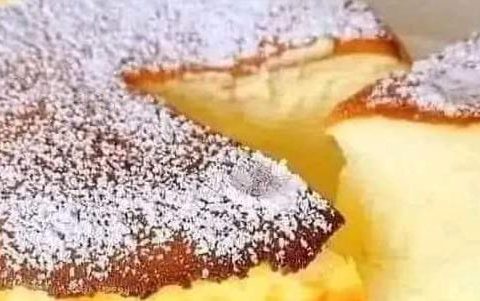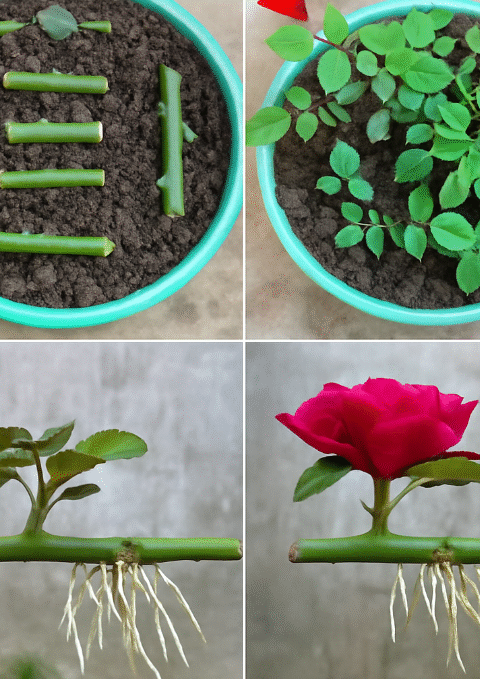A Tranquil and Self-Sustaining Oasis for Any Space
—
Creating a mini water garden is an excellent way to bring a slice of nature into your home, balcony, or garden. This small-scale water feature adds beauty, attracts wildlife, and creates a relaxing ambiance. Whether you’re a gardening enthusiast or a beginner, this guide will walk you through every step of crafting a miniature aquatic paradise.
—
Why Create a Mini Water Garden?
A mini water garden is more than just an attractive decoration—it has multiple benefits:
✔ Brings Nature to Small Spaces – Perfect for apartments, balconies, or patios.
✔ Attracts Wildlife – Birds, butterflies, and even small frogs may visit.
✔ Provides a Relaxing Atmosphere – The gentle movement of water can be soothing.
✔ Requires Minimal Maintenance – Compared to full-sized ponds, these gardens are easy to care for.
✔ Encourages Sustainability – Reduces water evaporation compared to traditional gardens.
—
Materials Needed
Before you start, gather the necessary materials:
A Large Round Pot or Container – Make sure it’s waterproof and without drainage holes. Ceramic, plastic, or metal containers work well.
Flexible Plastic Divider – This helps separate the soil section from the open water area.
Aquatic Soil or Pond Substrate – Regular potting soil is not suitable as it floats and clouds the water.
Water – Ideally, use dechlorinated water to protect plants and wildlife.
Aquatic Plants – Examples:
Marginal plants (e.g., dwarf papyrus, sweet flag)
Floating plants (e.g., water lettuce, duckweed, frogbit)
Rooted plants (e.g., miniature water lilies, lotus)
Decorative Stones or Pebbles – Optional, for aesthetics and stability.
A Small Water Pump – Optional, for circulation and oxygenation.
—
Step-by-Step Instructions
Step 1: Choose and Prepare Your Container
Select a large waterproof container without drainage holes.
If using a ceramic pot, seal it with pond liner or waterproofing sealant to prevent leaks.
✔ Tip: Dark-colored pots help absorb heat, keeping the water warm for plant growth.
—
Step 2: Create a Partition
Use a flexible plastic divider to separate the pot into two sections:
One section for aquatic soil and rooted plants.
The other section remains open for floating plants and water.
✔ Tip: The divider prevents soil from spreading into the clear water section.
—
Step 3: Add Aquatic Soil
Fill the plant section with aquatic soil or pond substrate.
Press the soil down firmly to prevent it from floating when you add water.
Avoid using regular potting soil, as it contains organic matter that decomposes and clouds the water.
✔ Tip: Place a thin layer of gravel on top of the soil to keep it stable.
—
Step 4: Slowly Add Water
Pour dechlorinated water into the open water section slowly and gently.
If using tap water, let it sit for 24 hours before adding plants to allow chlorine to dissipate.
✔ Tip: To avoid disturbing the soil, pour water over a flat plate before letting it spread into the container.
—
Step 5: Add Aquatic Plants
Choose a mix of marginal, floating, and rooted plants for a balanced ecosystem.
Types of Aquatic Plants:
✅ Marginal Plants (grow along the edges of the water garden)
Dwarf Papyrus (Cyperus haspan)
Sweet Flag (Acorus gramineus)
Horsetail Rush (Equisetum hyemale)
✅ Floating Plants (reduce algae by blocking sunlight)
Duckweed (Lemna minor)
Water Lettuce (Pistia stratiotes)
Frogbit (Limnobium laevigatum)
✅ Rooted Plants (grow in the soil, providing structure and beauty)
Miniature Water Lilies (Nymphaea sp.)
Dwarf Lotus (Nelumbo nucifera)
✔ Tip: Use planting baskets to keep rooted plants contained and make rearrangement easier.
—
Step 6: Adjust and Decorate
Arrange the plants to create a natural and aesthetically pleasing layout.
Place decorative stones or pebbles for added texture.
Consider adding small ornaments, driftwood, or miniature statues.
✔ Tip: If you add a small water pump, place it in the open section to create gentle ripples.
—
Step 7: Let the Garden Settle
Allow the water to settle for a few hours.
Remove any floating debris or excess soil.
Place your mini water garden in a location with partial sunlight (about 4–6 hours of indirect sunlight daily).
✔ Tip: Too much direct sunlight can lead to algae growth—shade helps prevent this.
—
Maintenance Tips for a Thriving Mini Water Garden
Keeping your mini water garden healthy is easy with simple maintenance:
✅ Water Level: Check and top off the water regularly, especially in warm weather.
✅ Algae Control: Remove excess algae by hand or introduce snails or floating plants.
✅ Plant Care: Trim overgrown plants to maintain balance.
✅ Water Quality: Replace 10-20% of the water monthly to keep it fresh.
✅ Winter Care: If temperatures drop significantly, bring the container indoors.
✔ Tip: Adding a few drops of barley straw extract naturally reduces algae growth.
—
Creative Variations & Design Ideas
Want to customize your water garden? Try these ideas:
✨ Zen-Style Water Garden – Add smooth stones, bamboo, and miniature koi sculptures for a Japanese-inspired look.
✨ Fairy-Themed Water Garden – Use tiny fairy figurines, moss, and soft lighting to create a magical ambiance.
✨ Tropical Paradise – Incorporate bold foliage plants, bright flowers, and a small waterfall feature.
✨ Wildlife-Friendly – Add floating logs or platforms for birds and butterflies to perch on.
✔ Tip: If you want small fish (like guppies or mosquito fish), ensure you have gentle water movement and proper filtration.
—
Final Thoughts
Creating a mini water garden in a pot is an enjoyable and rewarding way to bring a serene aquatic environment to any space. Whether placed on a balcony, patio, or indoors, this miniature pond serves as a beautiful focal point that requires minimal effort.
With the right plants, design, and maintenance, your mini water garden will flourish—providing a tranquil retreat for you and a haven for nature.
So why wait? Start your mini water garden today and enjoy a peaceful, living water feature right at home!
—
🔗 Did you enjoy this guide? Share your mini water garden photos and ideas with us in the comments below!






